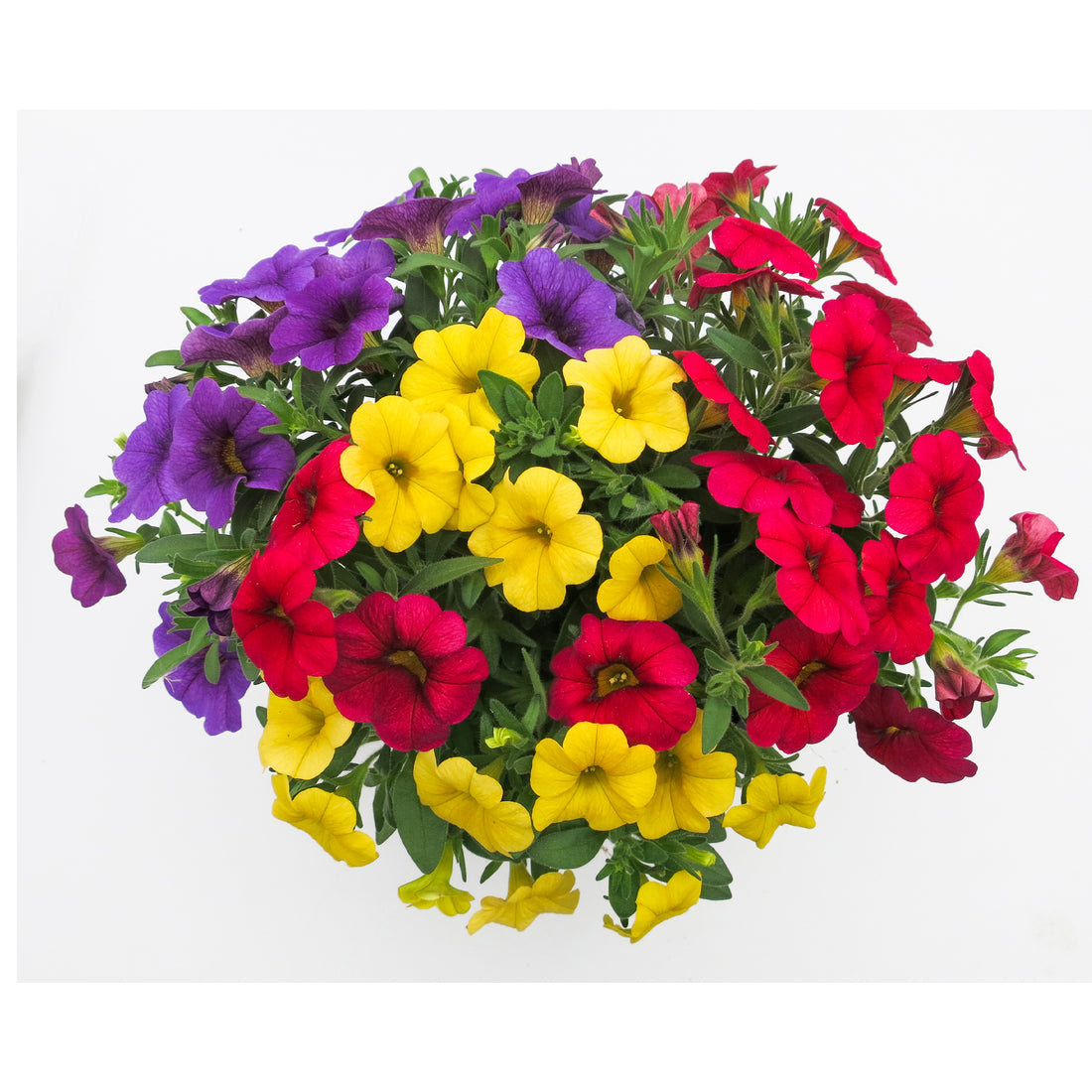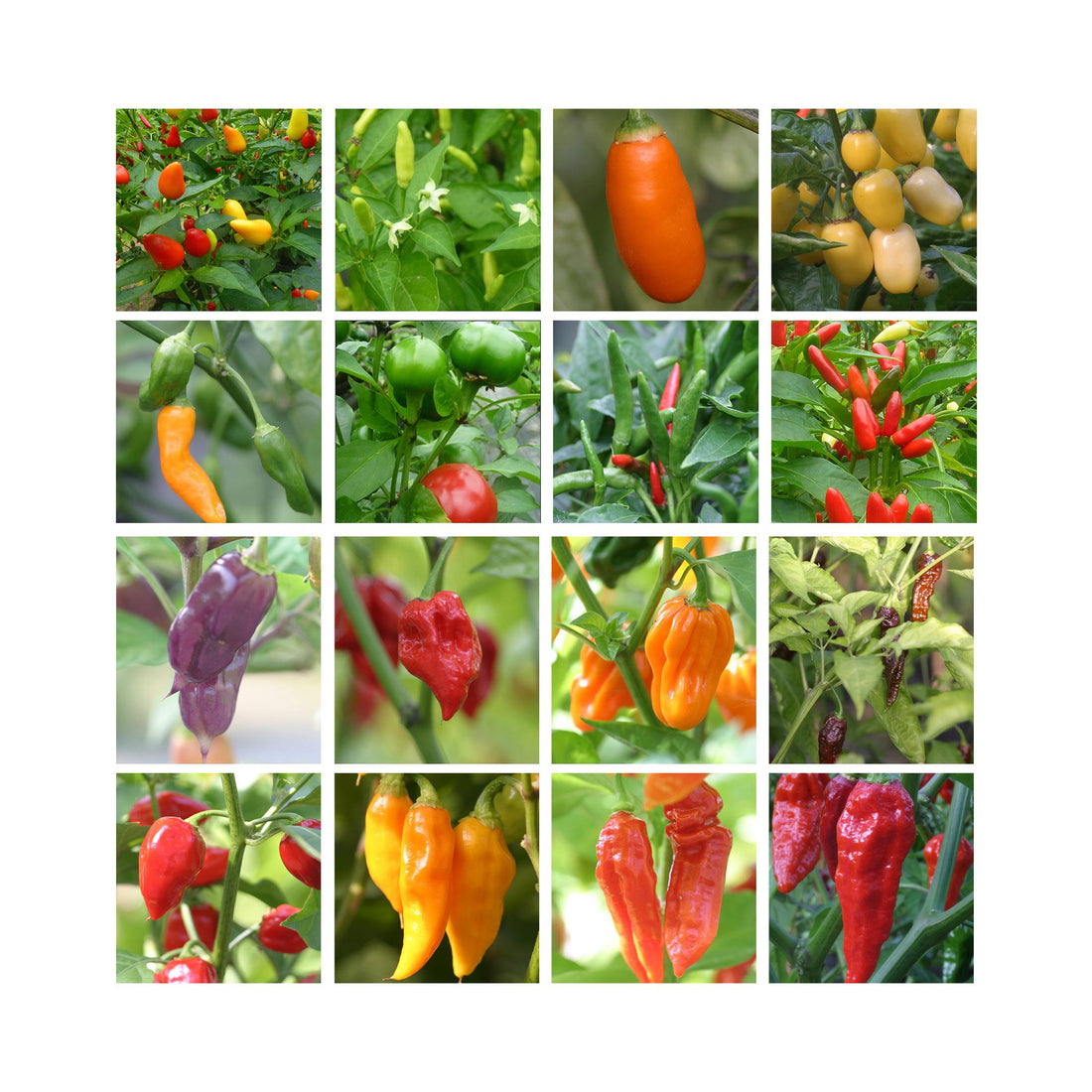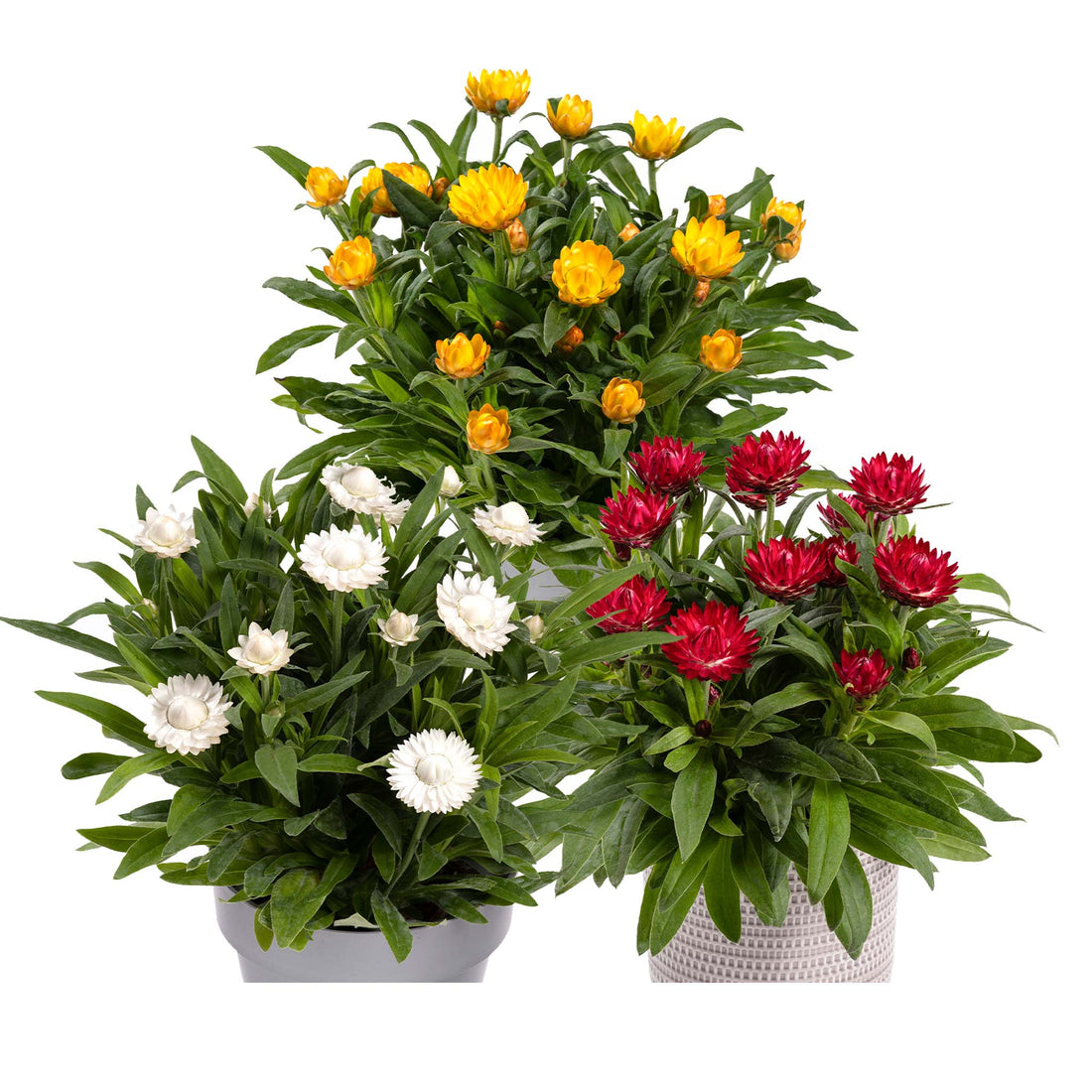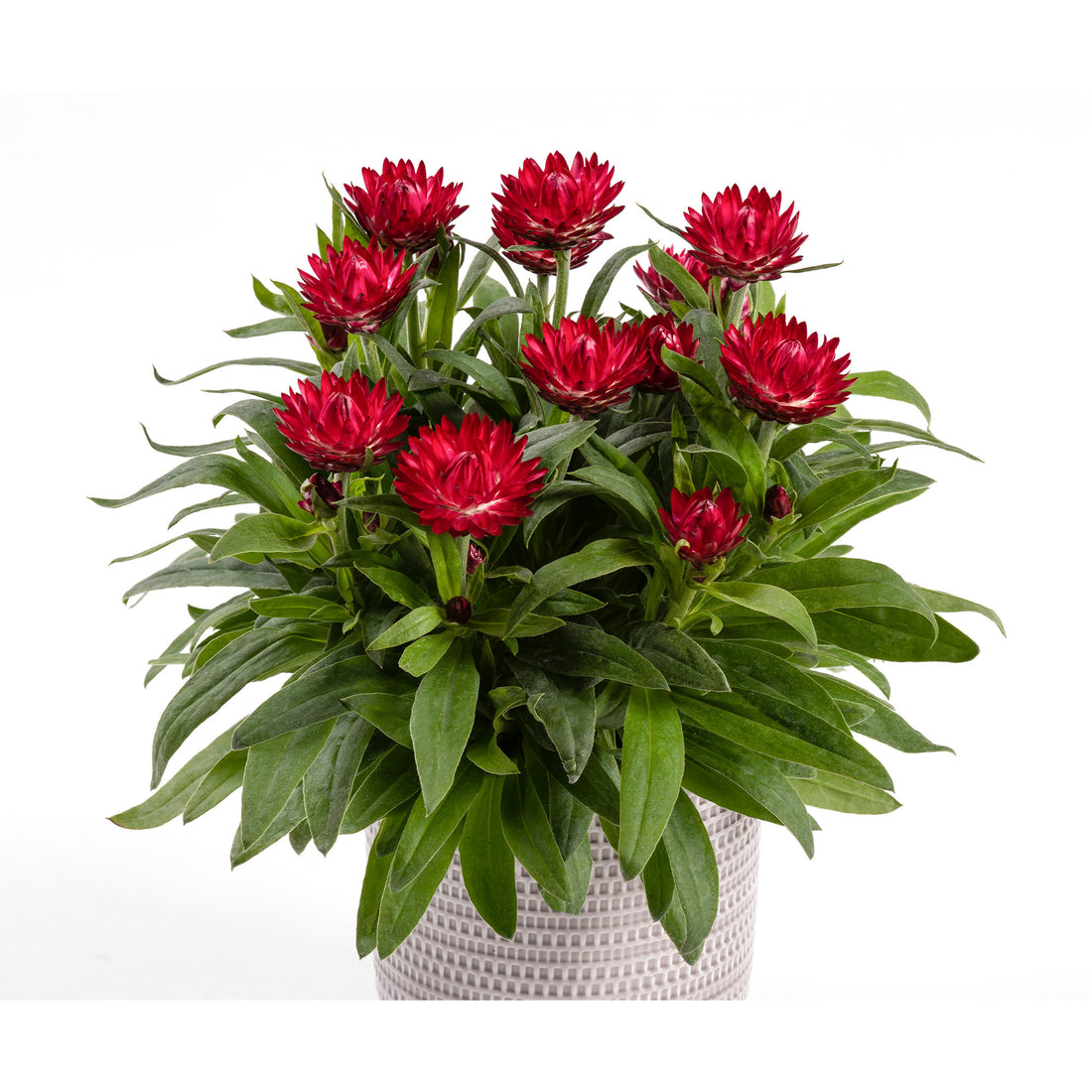The great thing about herbs is that not only do they grow well in the garden they’re also very happy to grow in pots and containers. This is particularly good if you’re limited on the space where you can grow herbs i.e. on a windowsill or balcony.
But what size pot should you use?
This does depend largely on the amount of space you’re happy to dedicate to your herbs. It also depends on what size and stage of life the plants are to begin with.

Sowing from seed – modular trays
If you’re sowing your herbs from seed you can either start with an open seed tray, a modular tray or small pots. Our preferred method is a modular tray sowing one seed per module. This makes for a better, more established plant later on in its development and also allows you to deal with each plant individually.

Plug plants – 8-10cm pots
When potting up a plug plant whether you’ve sown the seeds or taken the cuttings yourself our bought them it’s all too tempting to use a very large pot. This can lead to many issues with the main one being that the plant stays wet for too long due to the large volume of soil. Ideally use an 8cm-10cm pot when potting up your plug plants as this will allow enough space for your plant to grow but also give you more control over the moisture content.

Established plants – 13cm pot or larger
If you’re planning to grow you plants on the windowsill you’re more likely to be limited by the size of the windowsill than the plant. Almost every single herb will grow quite happily in a 13cm pot for months if not years. This is especially true if you pick the leaves regularly to add to dishes as this will keep the plant at a manageable size.

Large herbs – 21cm pot, large container or in the ground
To get the most usable leaves and largest crops you’re going to have to grow large plants. The best way of doing this is either in very large pots, plant in a raised bed or plant directly into the ground. Some herbs, such as fennel in order to form a bulb need to be quite a large size before they’ll produce a usable bulb (normally as large as 2m high) these types of herbs although not common need more room to produce a crop.
Overwintering Herbs
Most herbs are perennial plants meaning that they’ll grow from year to year. This is true of herbs such as Rosemary, Lavender, Sage and Mint just to name a few.There are also some herbs which are annual or bi-annual, these will only live for 1 year in the case of annual or 2 years in the case of a bi-annual. The annual group includes plants such as Basil and Coriander with the bi-annuals including plants like Parsley and Angelica.
Here are a few tips which can really go a long way to increasing your success rate when bring herbs through a cold winter.
Strangely it’s usually water which causes most problems during the winter. The tendency when taking a plant through the winter is to focus on the temperature, trying to make sure it doesn’t get too cold. But more often than not it’ll be the wet which will cause more problems than the cold. But when you combine both dampness and cold temperatures it can be a real problem. This comes back to compost and drainage, you want the water to drain away quickly and not allow it to sit around too much.
This is much easier to manage in a pot or container as you just make sure that the drainage holes don’t get blocked up. The other benefit of a pot is that it can be brought inside to a conservatory, greenhouse or just into a covered area. This will help both with the temperature and if the container doesn’t get rained on it gives you more control as to how much the plants are watered.
When your plants are in the ground it can be trickier especially in very wet winters. There are certain circumstances when it may even be better to carefully dig your plants out if you know that they’ll sit in water for a long time. But this isn’t normally needed.
Play it safe, collect seeds or take cuttings. It’s always going to be tougher for your plants to grow through a winter. The light levels are low and it’s cold and damp. So play it safe, take cuttings from your plants and collect seed where appropriate. This means that if you do lose the plants over the winter you have some young plants to replace them with the following year.
Fleece and protection
With hardier herbs such as Lavender, Rosemary and Sage it can be the sudden drop in the temperature which causes issues as opposed to the temperature itself. In the UK it’s quite common for it to be mild over the autumn and then have a very sudden temperature drop into winter. It’s this period which will often cause problems because your plants just aren’t used to it yet. It’s a good idea to keep an eye on the weather forecast towards the winter and keep a look out for the first frosts.
Covering your plants with some horticultural fleece can lessen the shock and will help ease the plants into the colder months. You won’t have to do this every cold month of the winter just the first few days to get your plants used to the drop in temperature.








